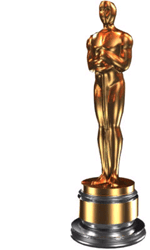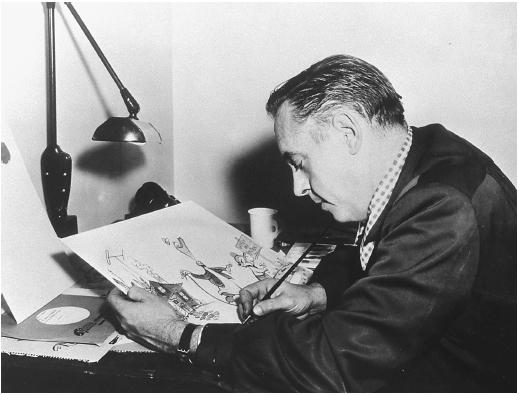

As a volunteer at IFP (Indepedent Feature Project, a non-profit org that helps struggling filmmakers), I get the privilege of voting for this years Independent Spirit Awards. For those of you have never heard of the Spirit Awards, it was the first awards event to exclusively honor independent film. Trophies are presented for the years' best achievements in independent film, with statues awarded for Best Feature, Best First Feature, Best Feature Made for Under $500,000 (the John Cassavetes Award), and many more. It's a celebration of the spirited pioneers who bring a unique vision to filmmaking - says the Film Independent website.
I think I've already made my stance on award season pretty clear - it's bullshit - and the Spirit Awards aren't much different. However, they do feature films that often fall under the radar of major audiences or simply don't get proper release, and, as a supporter of indie filmmaking, this is something that I approve.
This is my first year as a voter, and it's come with a lot of benefits, including free netflix and free screenings of all the nominated films, many with Q&A's. I'm going to try to chronicle the experience here as much as I can, but for those of you in New York who are interested in catching some free flicks, the screenings dates are posted below. They haven't been checking for membership cards, so basically anyone can just walk in and enjoy the films. I'm trying to attend as many as I can (I've been to about 5 or 6 so far), so if anyone would like to join me, feel free!
Tribeca Cinemas
54 Varick Street @ Laight Street
New York, NY 10013
Tuesday, January 16
7:00 pm, Steel City, running time: 1 hr 35 m
9:00 pm, Thank You For Smoking, running time: 1 hr 32 m
Thursday, January 18
7:00 pm, Stephanie Daley, running time: 1 hr 31 m
9:00 pm, Day Night Day Night, running time: 1 hr 34 m
Friday, January 26
7:00 pm, Sweet Land, running time: 1 hr 50 m; Q&A to follow with director Ali Selim
9:30 pm, Pan's Labyrinth, running time: 1 hr 52 m
Saturday, January 27
4:00 pm, A Lion in the House (with intermission), running time: 3 hr 50 m
8:30 pm, Chalk, running time: 1 hr 24 m
Monday, January 29
7:00 pm, The Painted Veil, running time: 2 hr 5 m
9:30 pm, Half Nelson, running time: 1 hr 47 m
Tuesday, January 30
6:30 pm, The Illusionist, running time: 1 hr 48 m
9:00 pm, Brothers of the Head, running time: 1 hr 30 m
Wednesday, January 31
7:00 pm, Wristcutters: A Love Story, running time: 1 hr 31 m
9:00 pm, Chronicle of an Escape, running time: 1 hr 46 m
Thursday, February 1
6:30 pm, The Lives of Others, running time: 2 hr 17 m
9:15 pm, Quinceañera, running time: 1 hr 30 m
Friday, February 2
7:00 pm, The Dead Girl, running time: 1 hr 33 m
9:00 pm, Infamous, running time: 1 hr 58 m
Saturday, February 3
2:00 pm, Man Push Cart, running time: 1 hr 27 m; Q&A to follow with director Ramin Bahrani
4:00 pm, Friends With Money, running time: 1 hr 28 m
6:00 pm, American Gun, running time: 1 hr 35 m
Monday, February 5
7:00 pm, Twelve and Holding, running time: 1 hr 30 m
9:00 pm, For Your Consideration, running time: 1 hr 26 m
Tuesday, February 6
7:00 pm, The Motel, running time: 1 hr 16 m; Q&A to follow with producer Karin Chien
8:45 pm, A Prairie Home Companion, running time: 1 hr 45 m
Wednesday, February 7
6:30 pm, Days of Glory, running time: 1 hr 59 m
9:00 pm, Conversations With Other Women, running time: 1 hr 24 m
Friday, February 9
7:00 pm, Sorry, Haters, running time: 1 hr 23 m; Q&A with cinematographer Mauricio Rubenstein
and producer Karen Jaroneski to follow
9:00 pm, Little Miss Sunshine, running time: 1 hr 42 m















































